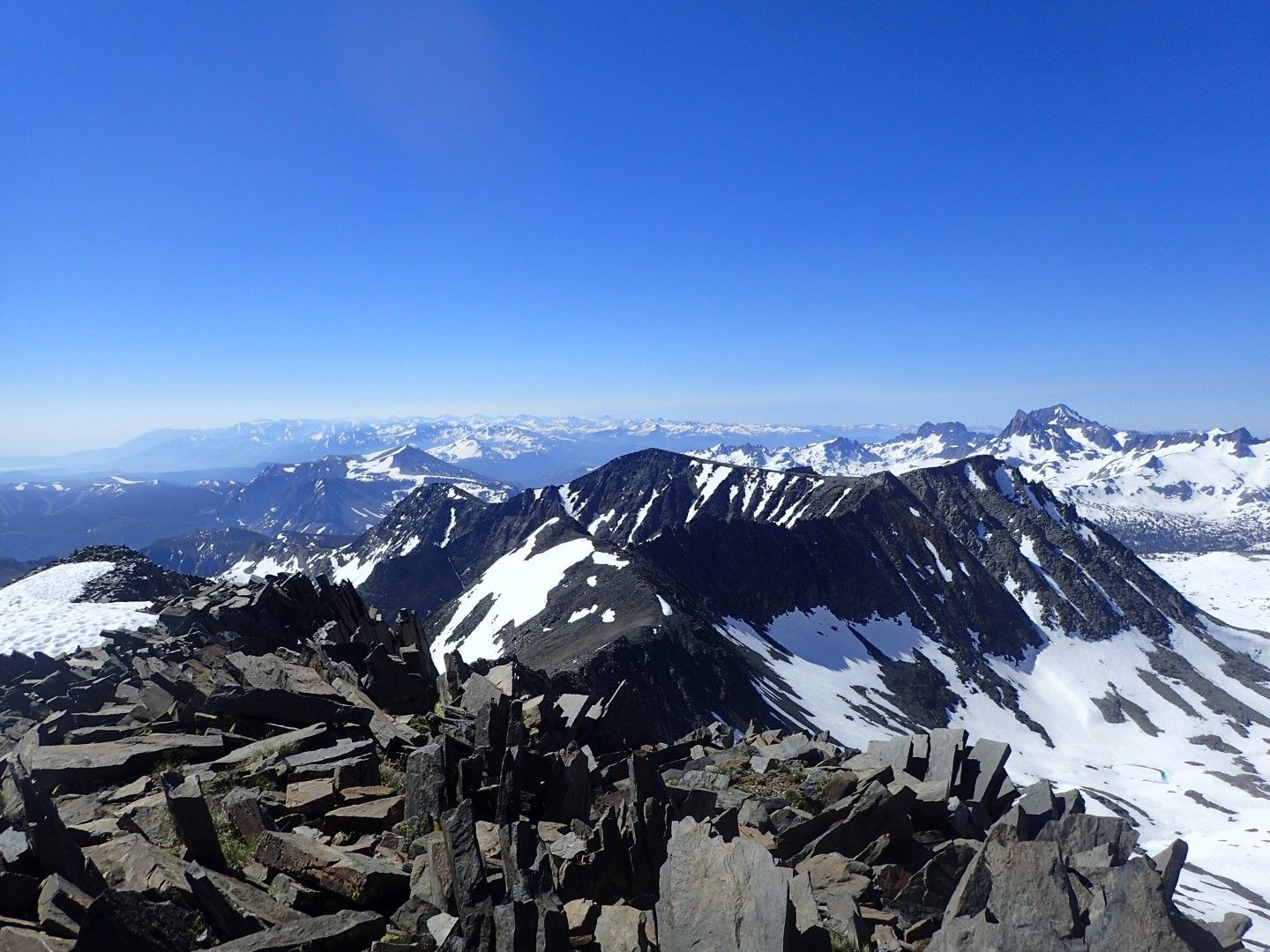I again got a late start, the weather was nice and I found no reason to get up early. I started up Koip Peak at around 9:15 and was on the summit about 45 minutes later. From there I wanted to do Kuna Peak so I went down the west Ridge of Koip to the saddle and then across.
In the saddle is the wreck of a WWII B-24 that just barely hit the ridge, it wouldn't have had to have flown much higher to clear the mountain. I went past the wreckage and then up and around to the top of Kuna Peak. The hike down to the saddle wasn't bad but the climbing to the top of Kuna had large boulders and the ridge was very narrow.
I found the summit register and signed my name.
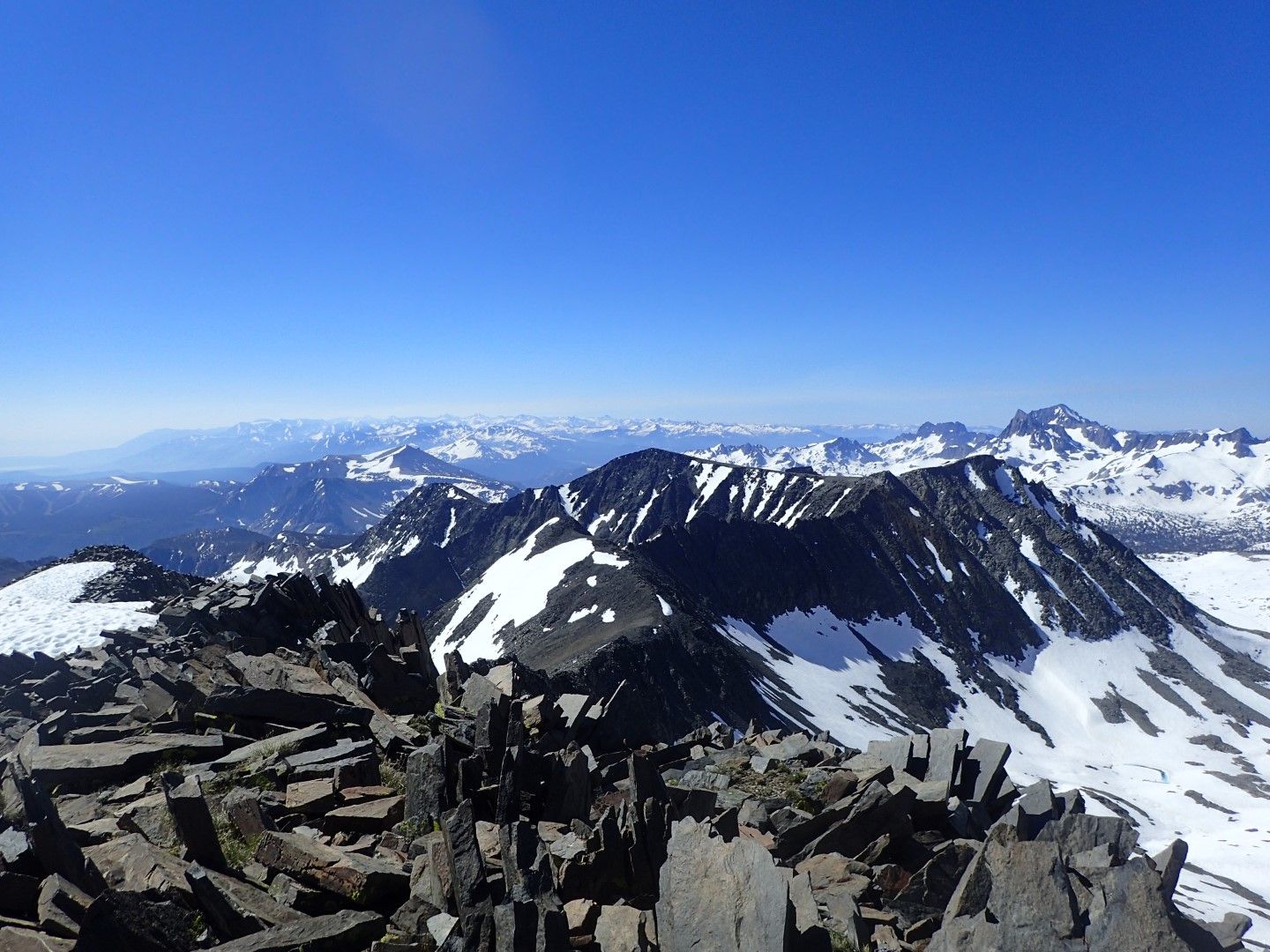
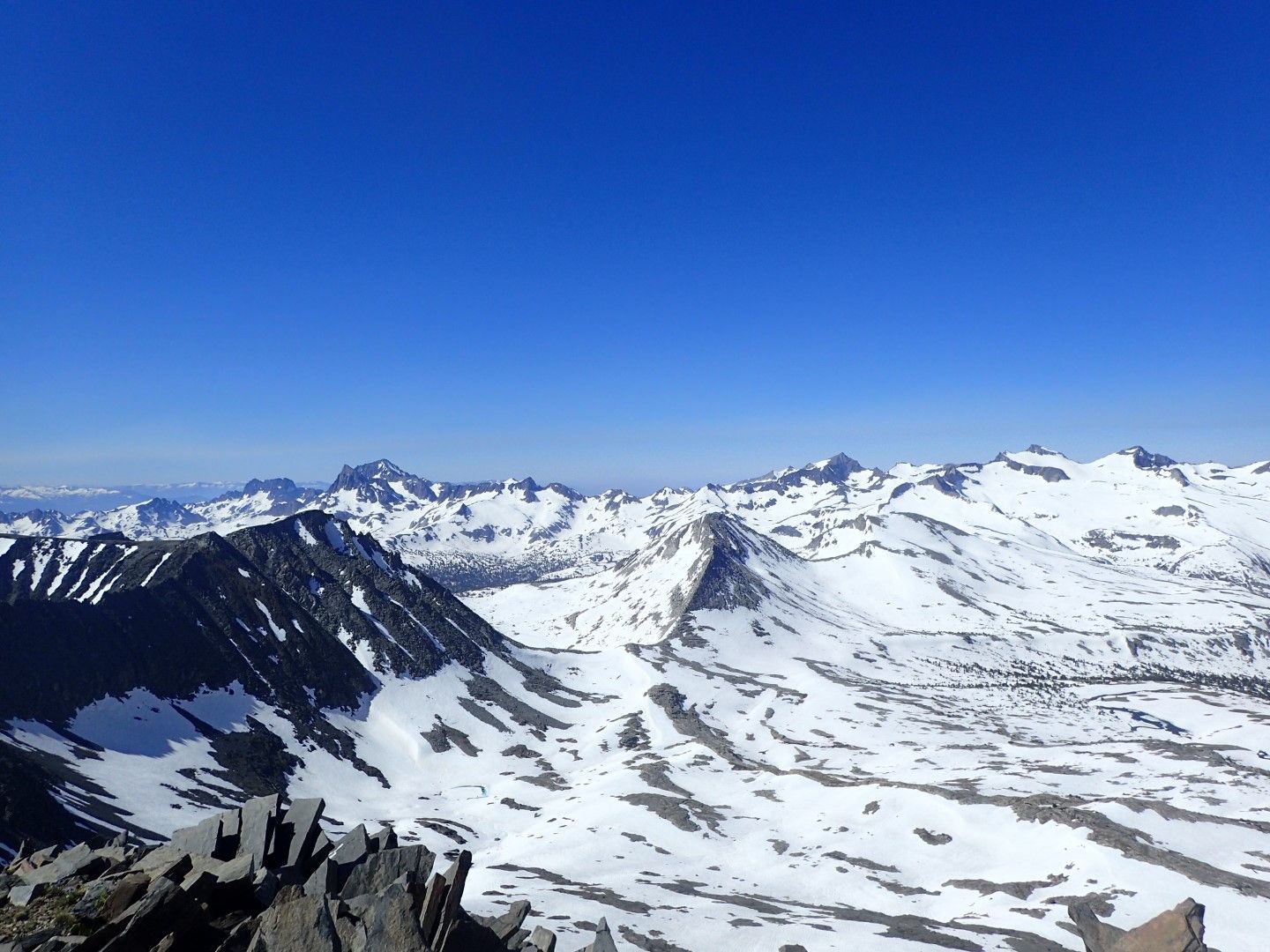
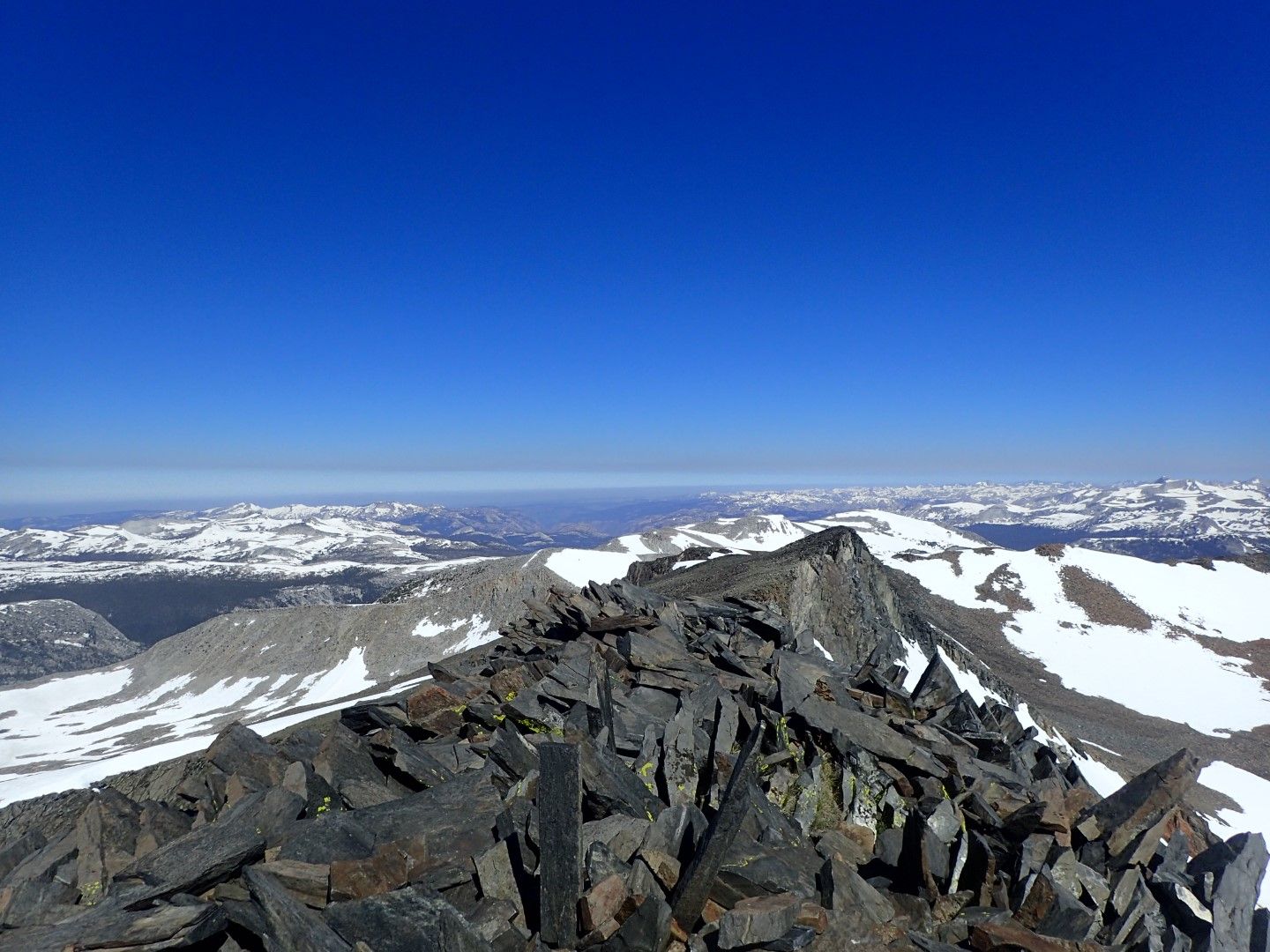

I could see some more hikers on top of Koip peak and waved to them but they did not make the traverse over.
Then I went back along the ridge and explored the wreckage a bit. My camera battery gave out and so I was limited to my phone camera. Then I went back over the top of Koip Peak and back to camp.
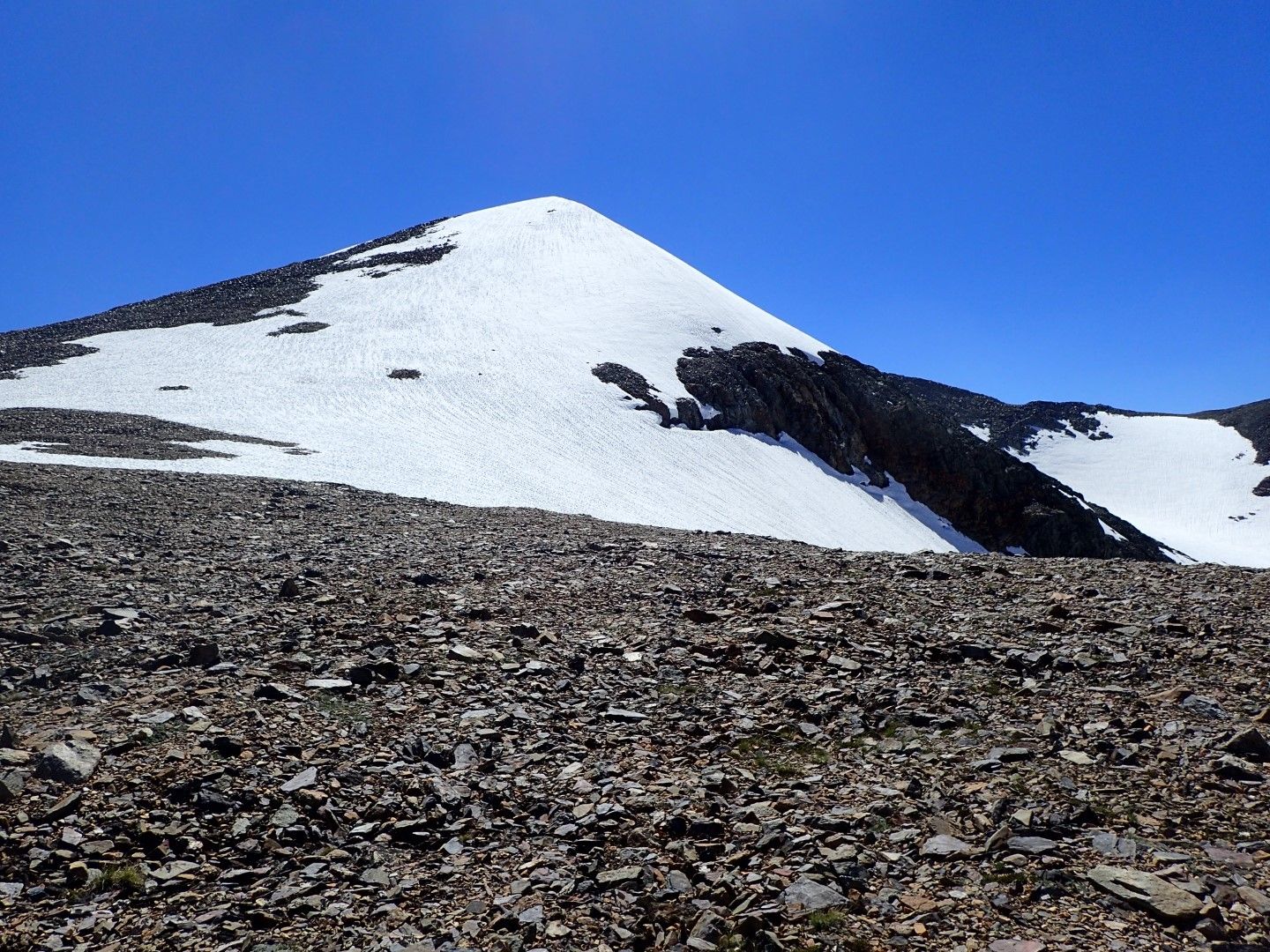
Then I rested and charged my camera and then decided to packup and head over the top of Parker Peak and Mt. Woods to get as close to my vehicle as I could.

So around 5:00 pm I headed up Parker Peak where I stopped for more pictures and then headed towards Mt. Woods.
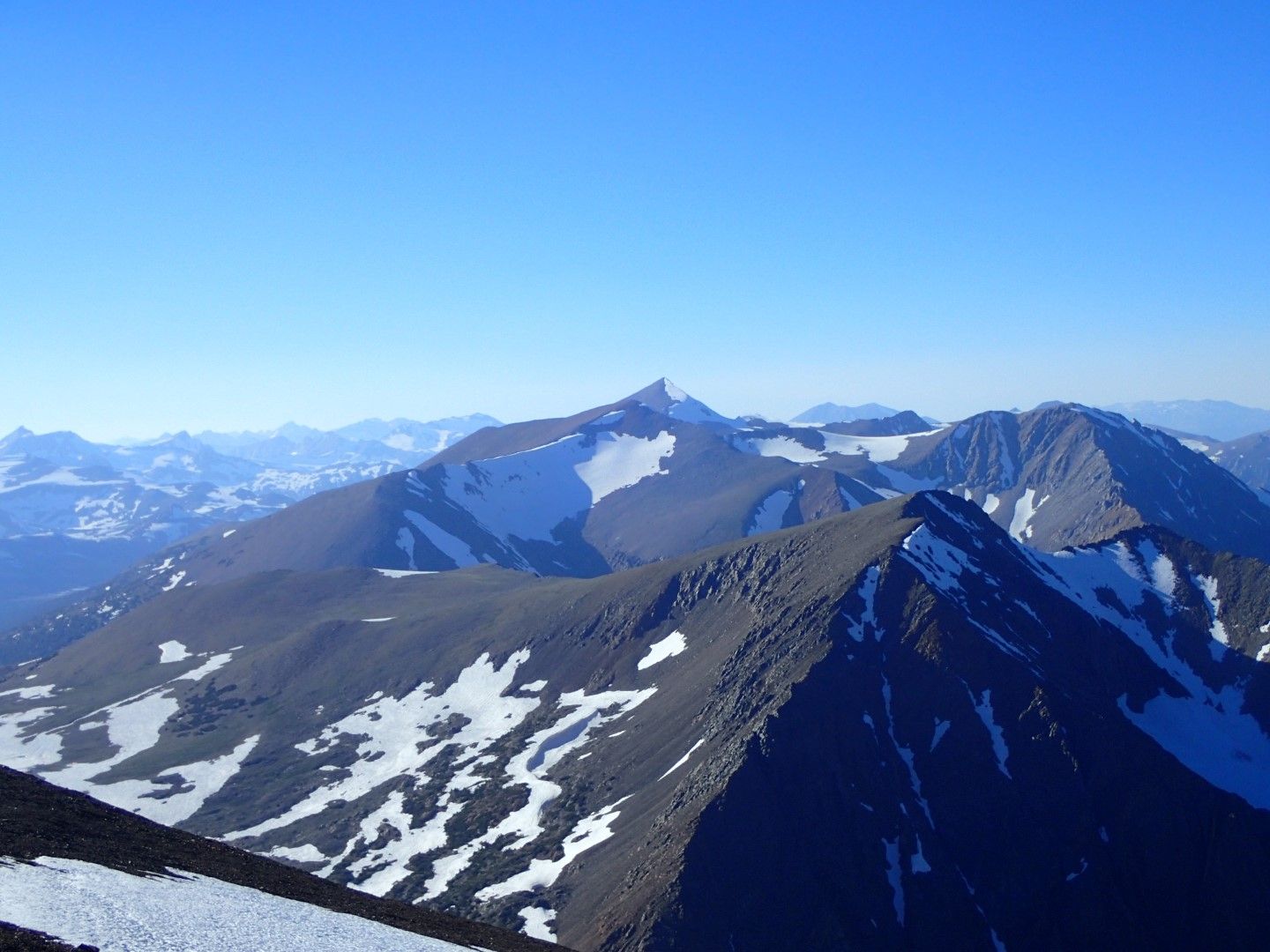
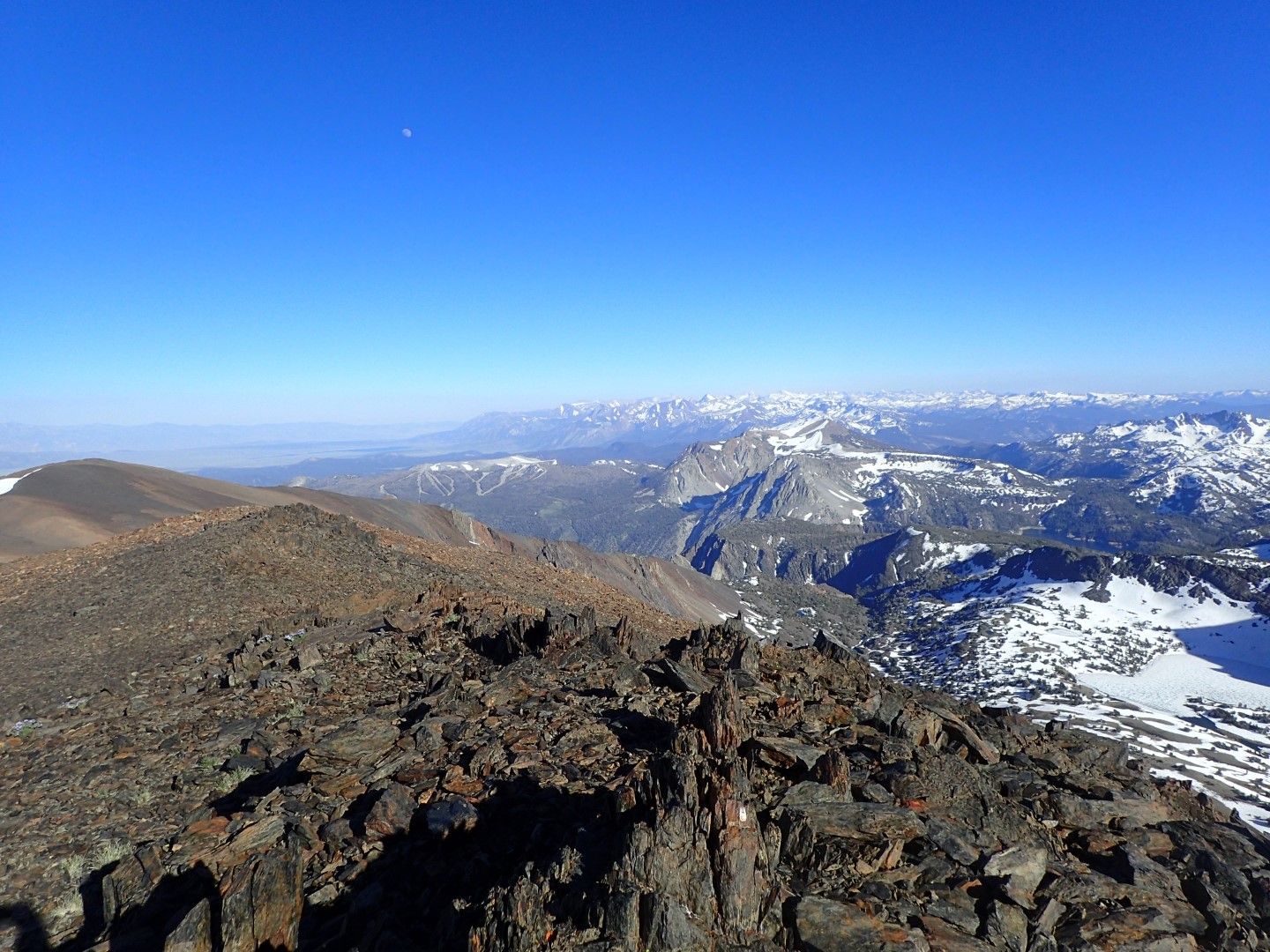
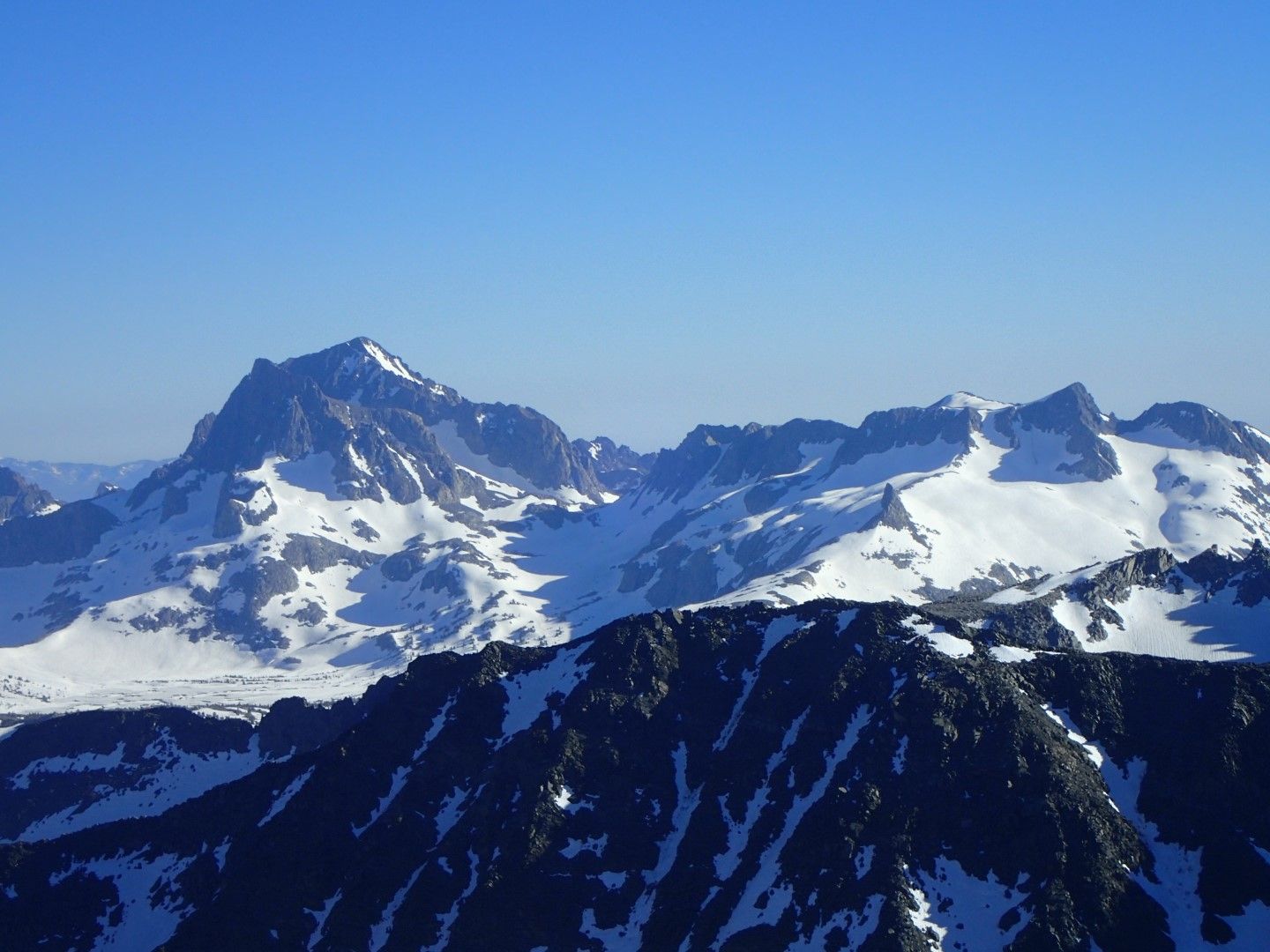
After going over the top of Mt. Woods, I went down the ridge to the southeast until I got to the place where I looked like I would be able to descend the east side of Mt. Woods. I found a small set of trees and setup up camp among them.
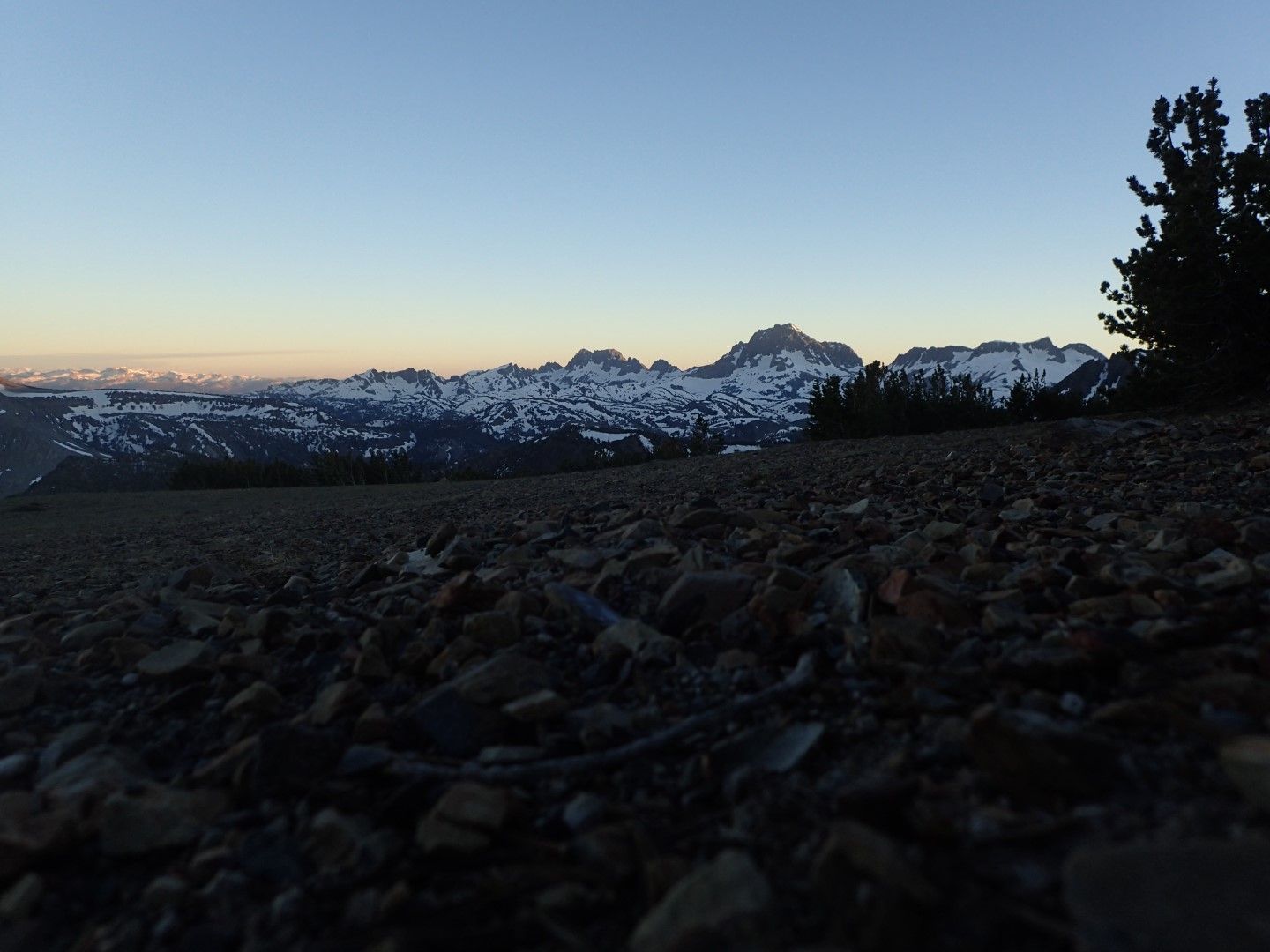
From camp I could see the fireworks they were setting off in Mammoth for the Fourth of July. It felt fitting to have seen where men gave their lives in the service of the country on the Fourth.
